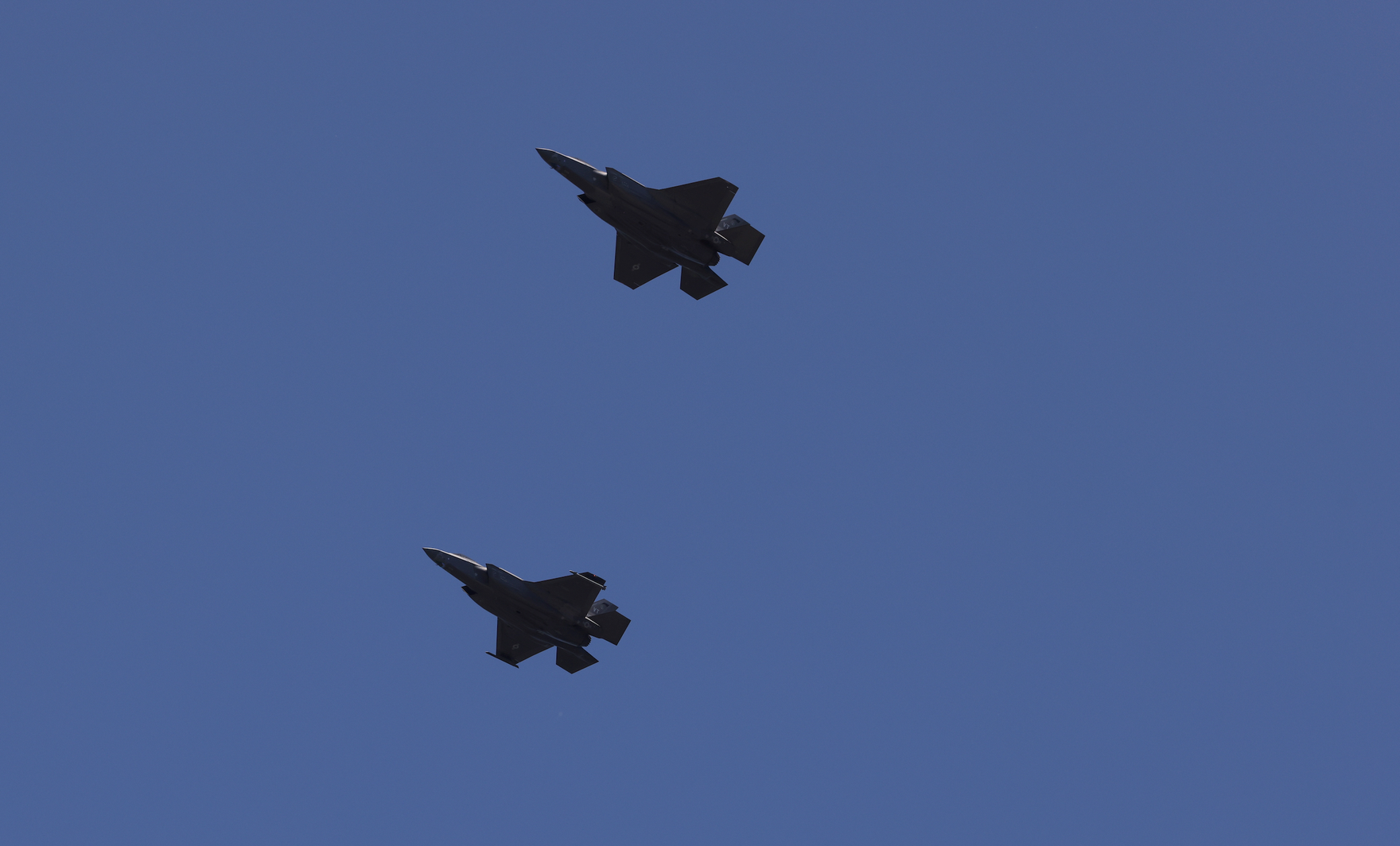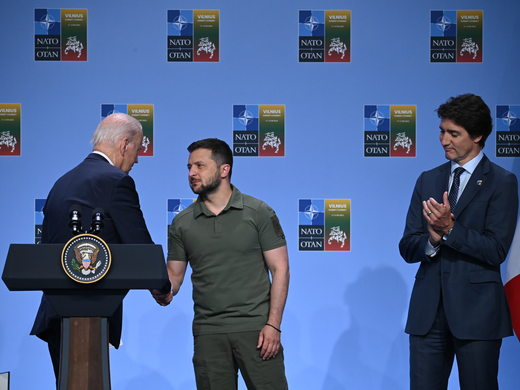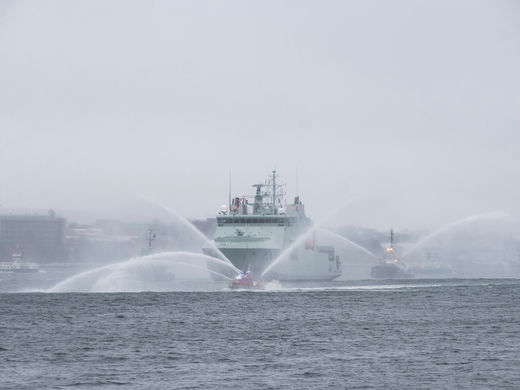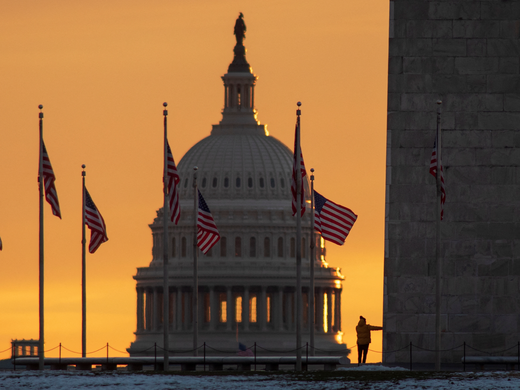The lines between war and peace are becoming increasingly blurred, with daily global news recording fresh examples of hybrid attacks and below-threshold military activities from Russia, other authoritarian regimes and various non-state armed groups. These developments have compelled Canadians to reflect more deeply on national security, and generated a growing appetite for a more robust defence posture and a call for readiness to confront modern threats with renewed determination.
Donald Trump’s imminent return to the White House comes with a sobering reminder of his recent statement encouraging Russia to target North Atlantic Treaty Organization (NATO) allies whose national defence spending does not meet NATO’s two percent guideline. Trump’s statement, alongside growing support in Canada for increased defence spending, underscores the need for this country to take a stronger, more independent role in global defence. This direction should reflect Canadian values, bolster the economy, reassure our allies and build essential capabilities to address both conventional and unconventional threats.
Public attitudes toward national defence are shifting. Canadians are recognizing the growing need for military preparedness and global assertiveness. In the past decade, those prioritizing military readiness rose from
12 percent to 29 percent, and 53 percent of Canadians now back increasing defence spending to NATO’s two percent of GDP target. With economic challenges ahead, achieving this target will require aligning defence with prosperity goals.
The numbers tell an important story. Canadians are not complacent in the face of the shifting global landscape and rising threats from authoritarian states. They see what is happening worldwide and support the idea that Canada must keep military and defence capabilities strong. Yet in practice, as the only country among the
31-member alliance that has not met both of NATO’s investment pledges, Canada remains an outlier in meeting its defence commitments. This underinvestment paints Canada as a “free rider” and helps explain its exclusion from military alliances such as AUKUS (whose members are Australia, the United Kingdom and the United States).
Former Chief of Defence Staff General Wayne Eyre recently warned that the world is more dangerous now than at any time in recent memory. He argued that rising threats from authoritarian states could bring the world to “peak threat” by the end of this decade.
Despite repeated warnings from allies, successive Canadian governments have failed to take concrete steps to build necessary defence capabilities. Canada’s 2024 Defence Policy Update remains only vaguely committal, and devoid of a clear plan of action. A recent report by the Parliamentary Budget Officer asserts that, to meet NATO’s two percent target, defence spending would need to almost double from current levels.
Former Chief of Defence Staff General Wayne Eyre recently warned that the world is more dangerous now than at any time in recent memory. He argued that rising threats from authoritarian states could bring the world to “peak threat” by the end of this decade. His successor, General Jennie Carignan, has echoed this sentiment, emphasizing that Canada and its allies may have as little as five years to prepare for emerging threats, including advanced missile technology from countries such as China and Russia.
Threats to Canada’s defence go beyond the traditional battlefield. In the era of hybrid warfare, cyberattacks and psychological operations are as dangerous as military force. Canadians recognize these risks —
84 percent are worried about the impact of disinformation. Canada’s diverse but fragmented society, which has been exploited by foreign actors to create division and increase polarization, makes us more vulnerable. Foreign interference is intensifying, highlighted by recent high-profile cases in both Canada and the United States.
The recent announcements of Canada’s Arctic Foreign Policy demonstrate Canada’s progress in understanding and addressing the hybrid threats posed by Russia and other malicious actors, and other evolving security threats across the Arctic. It urges continued collaboration with allies, such as the United States and the Nordic states, to address these challenges. The policy addresses existing gaps in capabilities by committing to significant defence investments, including the modernization of the North American Aerospace Defense Command, acquisition of new Arctic offshore patrol ships and enhancing domain awareness through advanced technologies.
The new policy also underscores hybrid threats such as disinformation campaigns, malicious cyber operations, espionage, foreign interference activities, and the dual-use deployment of research vessels and surveillance platforms. These threats, largely originating from Russia and China, are compounded by below-threshold military activities and the use of economic coercion to influence Arctic governance and security.
Canada must adopt a multifaceted approach to these challenges. Beyond boosting military spending, it needs to invest in strategic communications, community resilience and countering information warfare. Many European defence ministries retain the lead on strategic communications to support more cohesive responses to growing threats. Building cohesion around this function in Canada could involve setting up dedicated centres to analyze information environments and foreign networks — countering foreign influence and guiding policy. Supporting artificial intelligence-based start-ups and community programs to resist disinformation is essential to protect Canada’s democracy and strengthen its economic infrastructure.
The goal should not simply be to match our allies in defence spending, but also to lead by example in building a resilient society, capable of withstanding both conventional and unconventional threats. Beyond tanks and missiles, the required capability should encompass everything from cybersecurity infrastructure to public awareness campaigns. Such efforts would help strengthen a renewed Canadian identity and much-needed social fabric, which — over recent years — has been fast eroding.
It is time for Canada to step up. With the world growing more dangerous, Canadians are beginning to understand the need for a strong military — not as a tool of aggression but as a means of safeguarding our values and place in the world.
As the battlespace widens, and while global conflicts are playing out on Canadian soil, we have no other option than to invest in our armed forces’ capability to resist threats, and to ensure that Canada remains a reliable ally and a strong voice on the world stage.
The opportunity is there; it would be irresponsible not to seize it.
This piece first appeared in The Globe and Mail.



